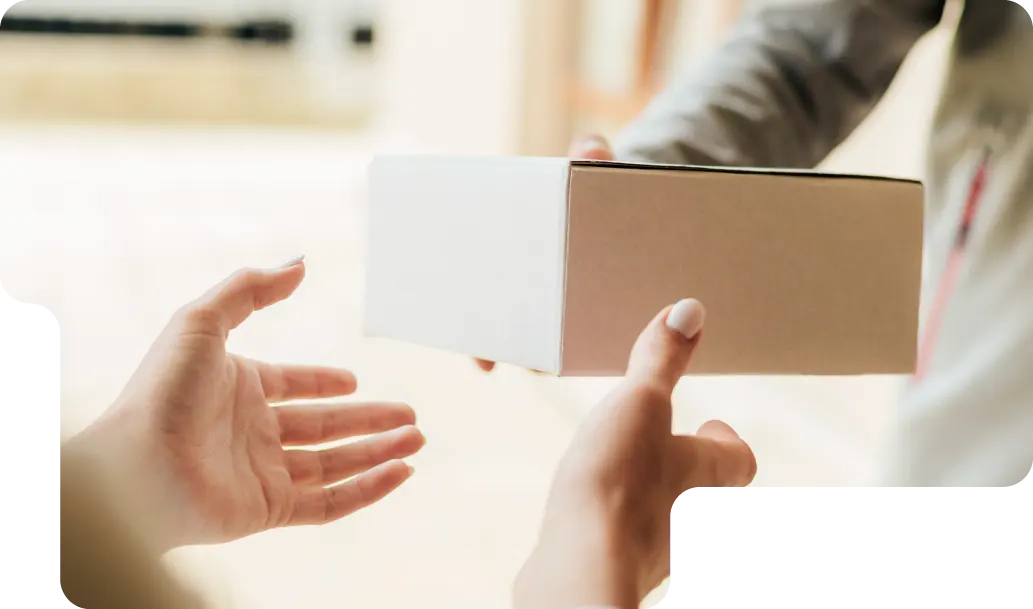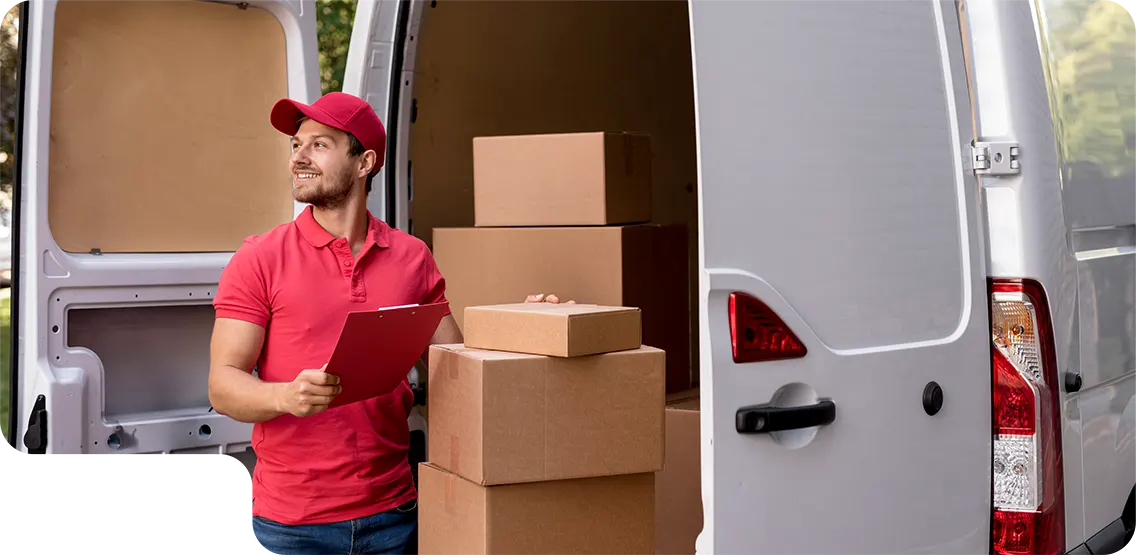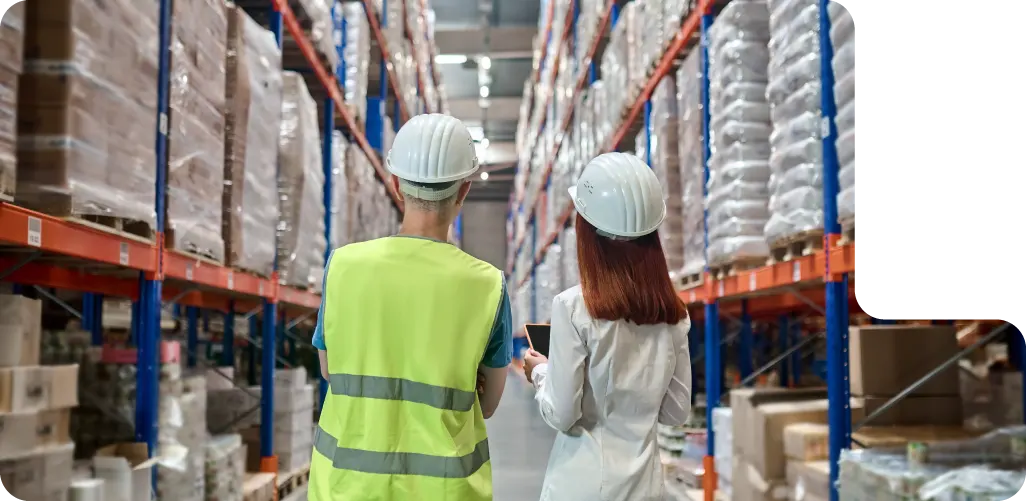Table of Contents
More Order Content
Get the latest e-commerce industry news, best practices, and product updates!
Table of Contents
More Order Content
Share This
Get the latest e-commerce industry news, best practices, and product updates!
Table of Contents
Share This
More Order Content
Get the latest e-commerce industry news, best practices, and product updates!
A process that allows your customers and target audiences to place orders for your goods and services despite the lack of sufficient stock in hand is known as back-ordering. Businesses implement this tool when sales are at a faster pace than stocking. Retailers use this tactic to increase their revenue and improve their inventory management.
Backorder adheres to the principle of just-in-time delivery and inventory management, thereby decreasing holding costs by implementing this strategy. It involves accurately predicting customer demand in a stipulated amount of time. Backordering also improves business sustainability.

What is a Backorder?
The number of backorders and the time taken to fulfill these requests determines how well the company manages its inventory. It helps customer retention and helps you build brand loyalty.
Here are a bunch of reasons why backorders are important for the business’ success:
Cost minimization
The whole idea behind backorder is to avoid overstocking of products that tend to elevate warehousing prices. It especially proves beneficial for retailers who have just established a business. It frees up capital to help you expand your business that would have sowed into inventory seeds. Furthermore, it also enables you to minimize your risk.
Waste minimization
As a result of minimized inventory, there is a smaller chance of damaging products and them becoming obsolete. You can keep up with trends without trying to change and waste products too often, as inventory is only stocked when there is a demand.
Enhanced brand value
Backorder is a certified and brilliant marketing strategy. Customers can only experience the service or product on-demand, which increases your value in the viewer’s eyes. It builds suspense and curiosity that results in the elevation of the desire of the customer to buy your product.
Modifications and customization
As the product is only supplied on demand, it is easy to modify the product or service based on the customer’s requests. Moreover, it adds a plus point and helps customers believe that you want to make their lives easier through your products and services.

How Does Backordering Work?
As the product is only supplied on demand, it is easy to modify the product or service based on the customer’s requests. Moreover, it adds a plus point and helps customers believe that you want to make their lives easier through your products and services.

Backorder Vs. Out-of-stock
Out-of-stock implies that you have zero inventory for the specified product and that there is no date to show the product’s availability. On the other hand, backorder implies a specific date at which businesses can supply the services or goods.
When a product is ‘out of stock’, it could imply the permanency of the lack of availability or at least until the seller will have it again. It is also the case when the supplier decides they do not want to continue to sell the product anymore.

What Causes Backorders?
Backorders can be a positive and negative experience. They serve as the perfect strategy to improve your business when done correctly. When executed poorly, it could make you lose your existing clients.
A variety of reasons can cause backorders. Some of these are preventable, while others are not. Here are a few reasons why backorders are caused:
Supply issues or manufacturing problems
A shutdown could arise if material or labor is scarce. More importantly, it causes an extended delay in the acquisition stage of the product. The back-ordering facility’s advantage allows you to retain customers despite these internal issues.
Erratic or unusual demand
Backorders tend to occur when there is an erratic or unusual demand. This lack of uniformity in demand makes it difficult for the customer to predict the trend due to the sudden rise of your visibility.
Minimal safety stock
The excess preserved during the case of emergencies is known as safety stock. Backorders are common occurrences when the supply chain fails due to fewer reserves.
Lack of inventory control
Bad management or inability to control your products and services disturbs the smooth operations of meeting demand. In today’s competitive world, the importance of higher and more accurate control over the inventory is paramount. Managing your merchandise in the right way helps you have better control over your fulfillment process.
Lack of precision reorder points
Prediction plays a prominent role in causing backorders. These reorder points help you understand the minimum quantities and safety stock required to meet your demand. The lack of precision of the abiding parameters could result in your inability to fulfill the requests.
Human errors
Making mistakes is unavoidable. An employee or even yourself might enter an order as a backorder despite its availability. Also, retailers may accept a backorder although the product is out of stock, which is much worse. It could complicate your situation, largely making it a tough comeback. It is caused due to manual errors in inventory management and delays in updates. This is commonly noticed in food delivery services, and it is something all organizations can work on.
The balance you strike while using this strategy to build your brand and credibility, and keep up with the demand is delicate and could be the difference between making and breaking your business.

How to Account for Backorders?
Despite having all the right inventory management systems in place, it is important to have special accounting and customer service systems for backorder. Moreover, it helps to keep the customers in the loop regarding the status of their order and expected delivery date. The backlog sales are a subcategory of the complete sales of the company. It will be recorded in the company books. It also ensures that the company has a safety net and a database to be accounted for when they cannot fulfill the order.
An order is placed every time a backorder is recorded. Upon procurement of the items, the follow-through process is carried out. Finally, the product is delivered based on the customer’s sales order. The corresponding purchase is then recorded, and the status is marked as complete.
Calculating the backorder rates is a vital aspect amongst other critical inventory KPIs and metrics for forecasting precision and time to receive. The KPIs for backorder rates measure the portion of customers’ total orders for items that cause a delay in delivery. It represents how well a company stocks its products to meet the demand.
The formula for calculation of backwater rate:
Backorder Rate = (Number of delayed orders due to backorders / Total number of orders placed) x 100

Advantages of Backorder
An order is placed every time a backorder is recorded. Upon procurement of the items, the follow-through process is carried out. Finally, the product is delivered based on the customer’s sales order. The corresponding purchase is then recorded, and the status is marked as complete.
Customer retention and loyal customer base
It is probably one of the most significant advantages of back-ordering. The sales are high despite the lack of inventory. Without this tool, you are more likely to lose your consumers to your competitors resulting in a shift in your consumer base. However, back-ordering facilities allow you to have a negligible effect on your customers and the number of sales. It is like a promise to help you enhance your credibility and exclusivity.
Understanding of customer trends and patterns
It is probably one of the most significant advantages of back-ordering. The sales are high despite the lack of inventory. Without this tool, you are more likely to lose your consumers to your competitors resulting in a shift in your consumer base. However, back-ordering facilities allow you to have a negligible effect on your customers and the number of sales. It is like a promise to help you enhance your credibility and exclusivity.
Cost minimization
Retailers, especially beginners, can save or free up a lot of capital by minimizing inventory. They also can eliminate the need for more giant warehouses or storage areas. It helps them free up most of their wealth and create a buzz about their service or product. Furthermore, it makes it a two-way winning street for both the consumer and the supplier.
Elevation of product value
Retailing largely depends on the supplier’s uniqueness and ability to pique his audience’s curiosity. Not being able to get their hands on your service will only make them want it more. Thus, making your product a must-have. Many companies use this brilliant marketing strategy to increase demand and returns while launching a new product.
Ability to customize and modify
The additional benefit of back orders is that you can do your service to the order needed. It helps you bring in more customers while simultaneously ensuring the consumer’s complete satisfaction. Furthermore, it acts well on your company profile by showing your ability to do anything to help you win your customers over.
Discounts and offers
With the costs saved by minimizing storage areas and inventory, you can offer discounts that appeal to the consumers without actually causing harm to your profits. Moreover, it helps you attract the masses as everyone always looks for a good deal.

Problems with Backordering
Merits and demerits are like two sides of the same coin. They come together. Despite all the advantages that back-ordering offers, it complicates your work processes. Here is a list of possible problems that could occur with backorder:
Lead time
As products are made to order, the amount of time required to fulfill consumer demand might be more significant. It could give them that space to change their mind or lose interest. It also adds additional pressure on the supplier to meet their demand in a short time frame. Furthermore, it can lead to several orders piling up, and adding immense pressure on the supplier. The failure to procure even a single item or component coil predominantly affects the business.
Lot size Vs. carrying costs
The carrying costs and lot sizes go hand-in-hand. The larger the lot size, the greater the carrying costs. It is very true, especially in terms of manufacturing. Furthermore, it also depends on your work process and could lead to piling up orders.
Inventory management
Backordering requires solid inventory management. It is especially true regarding different products sold by the same organization. The inventory management process gets more complicated with an increase in the number of services provided. It might require different levels of management along with automated processes to minimize manual errors.
Loss in market share
It is the result of failure to meet demands on time. It creates a disastrous avalanche that costs the supplier their market share. It also makes them lose credibility and loyalty to their customers.

What is Backstock?
Backstock is essentially the unsold product placed in the retail inventory but not pushed onto the shop floor. It is essential to have the ideal backstock to keep up with the demand. It is generally stored and brought out when there is a sudden surge in requests for the product. These are marked and tagged appropriately by the inventory manager, who keeps track of their status, demand, and overall lifecycle from procurement to selling. More importantly, it is also where proper and solid inventory management is required.
How to Avoid Backorders?
Although piling up backorders can be challenging, managing them is a doable task. The right combination of business processes, workflows, and technology can enable you to keep up and avoid backorders. Taking the following steps will minimize backorders:
Understanding your customers
Prioritizing and analyzing what is needed and requires more inventory helps you minimize backorders. Accuracy in calculating the demand is vital. It is important to stock sufficient safety stock to eliminate backorders.
Devise suppliers
The lack of raw materials could lead to back-ordering. It is necessary to have diverse suppliers to avoid a roadblock. Having a backup of suppliers can help you reduce delays and roadblocks in manufacturing.
The setting of the system triggers
These can be alerts or reminders that tell you about your need to restock your supplies. It will help you keep track of all your inventory and avoid backorders.
Contingency plan
As mentioned earlier, it is essential to have a backup plan to keep up with the demands. Having an alternative idea or solution or different problems help you avoid back-ordering.

How to Account for Backorders?
Cross-docking is a process that involves the unloading of goods and material from delivery vehicles that are generally inbound and loading them onto outbound vehicles. This process takes place at a distribution docking terminal with the facility for trucks or carriers to move around freely in an orderly fashion. Different types of cross-docking can streamline your process and enable effective storage and inventory management. The two types of cross-docking are:
- Pre-distribution
- Post distribution
Cross-docking is mainly used when there is high volume and demand.
Sign up today and leave the logistics to us
Sign up and we will get back to you within 24 hours to discuss what services would be best for your business needs. Or speak with us now and tell us what you need.
FAQs
Most businesses and organizations sell products on back order with a guarantee to ship them to the consumer once they have replenished their inventory.
You enhance your relationship by reaching out to your consumers when a service or product is on backorder. It is advised to contact them either by email or phone to keep them posted about the status.
A backorder report is a document that shows you how many orders have not yet been procured and shipped. It details all the necessary information about every backorder purchase and its entire lifecycle
The two different types of processing are:
- Manual processing
- Automated processing via rescheduling systems